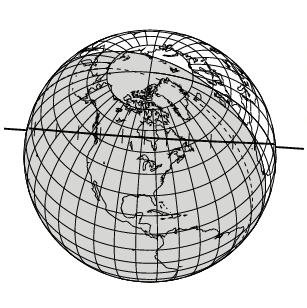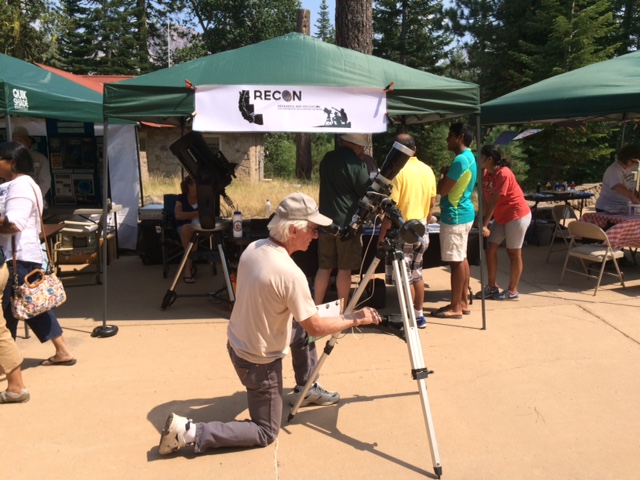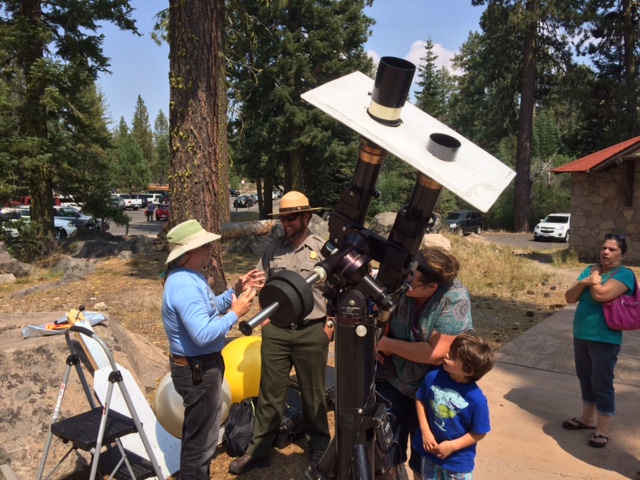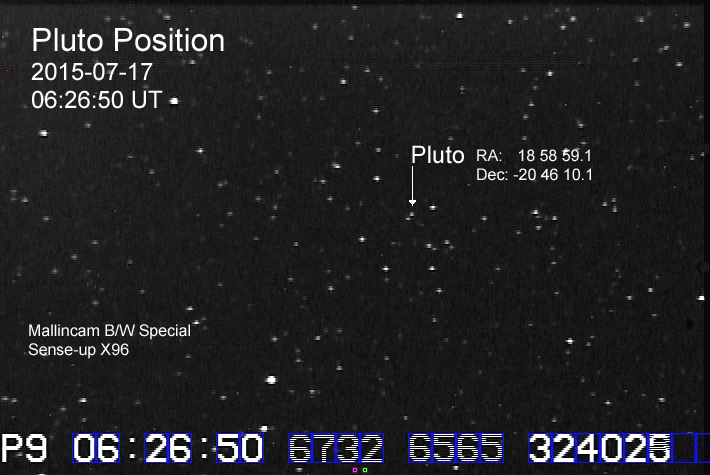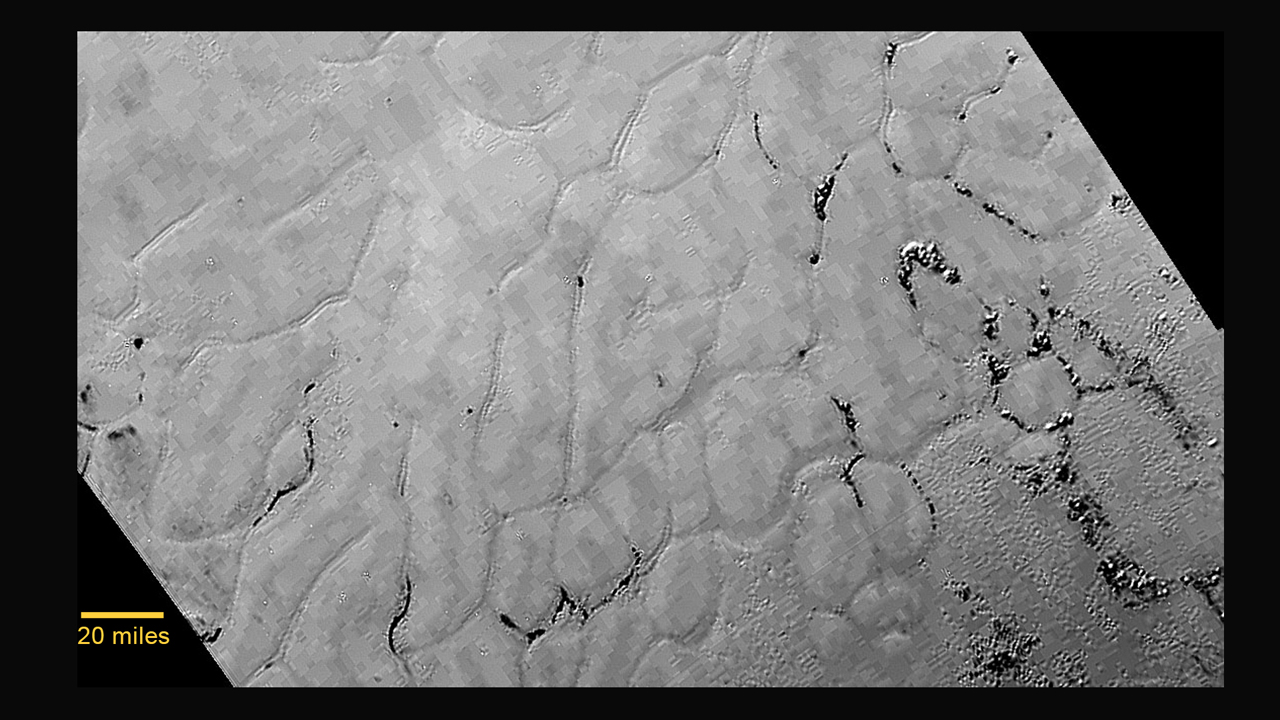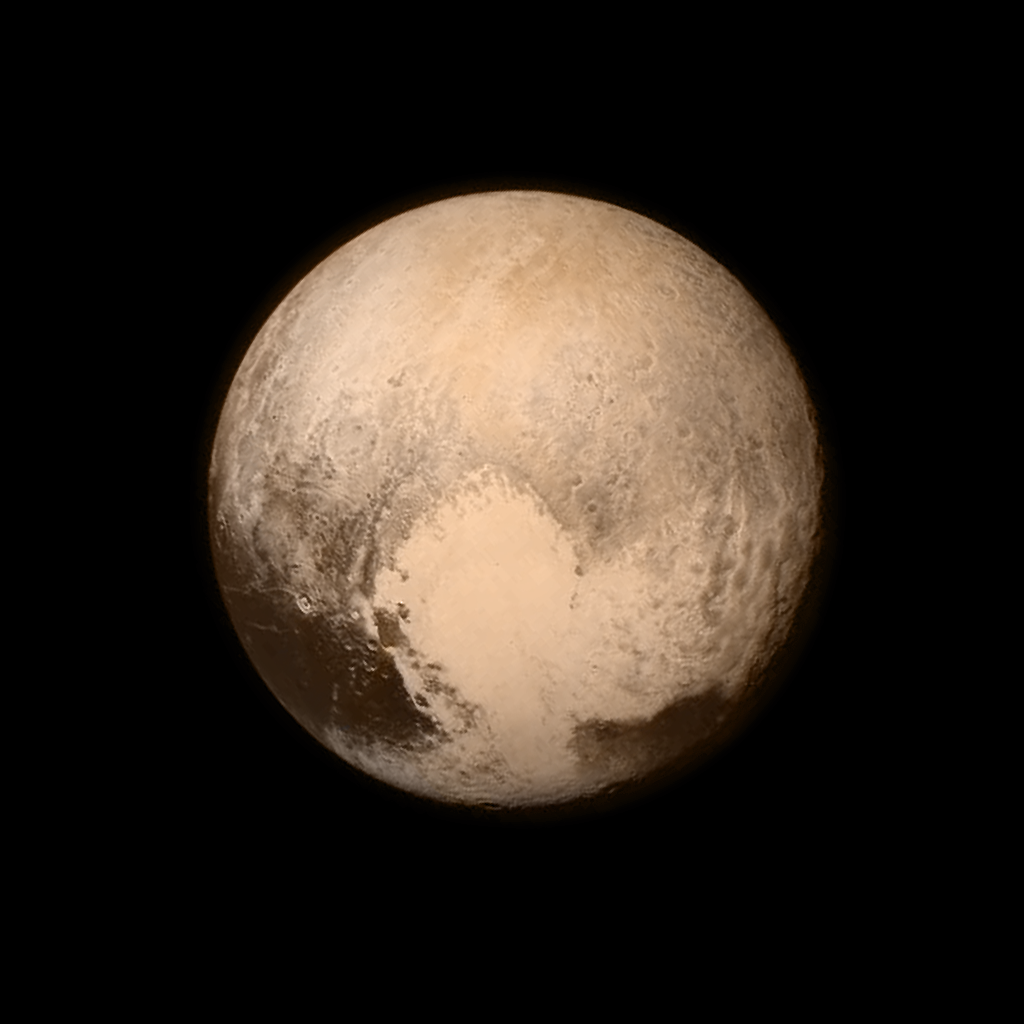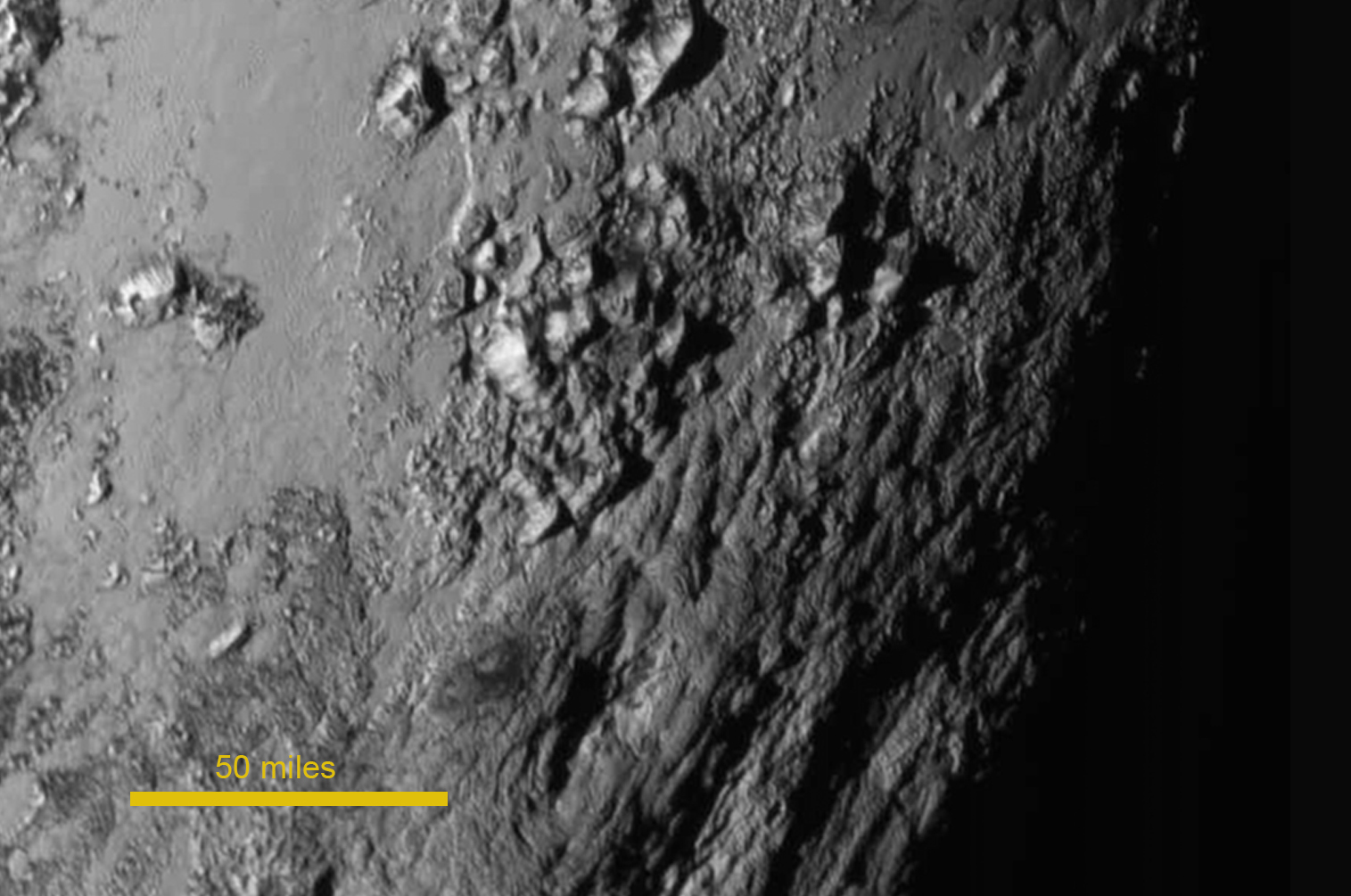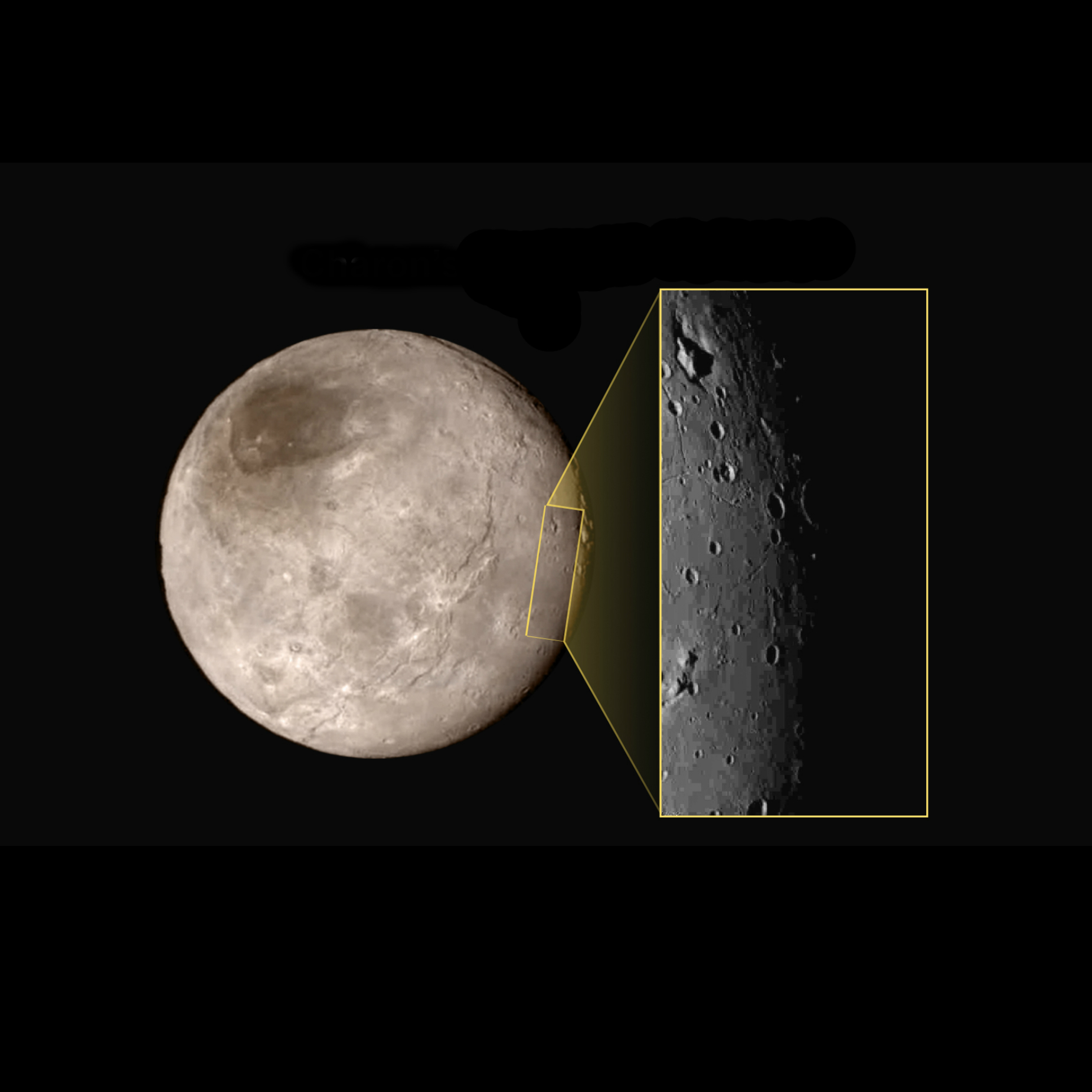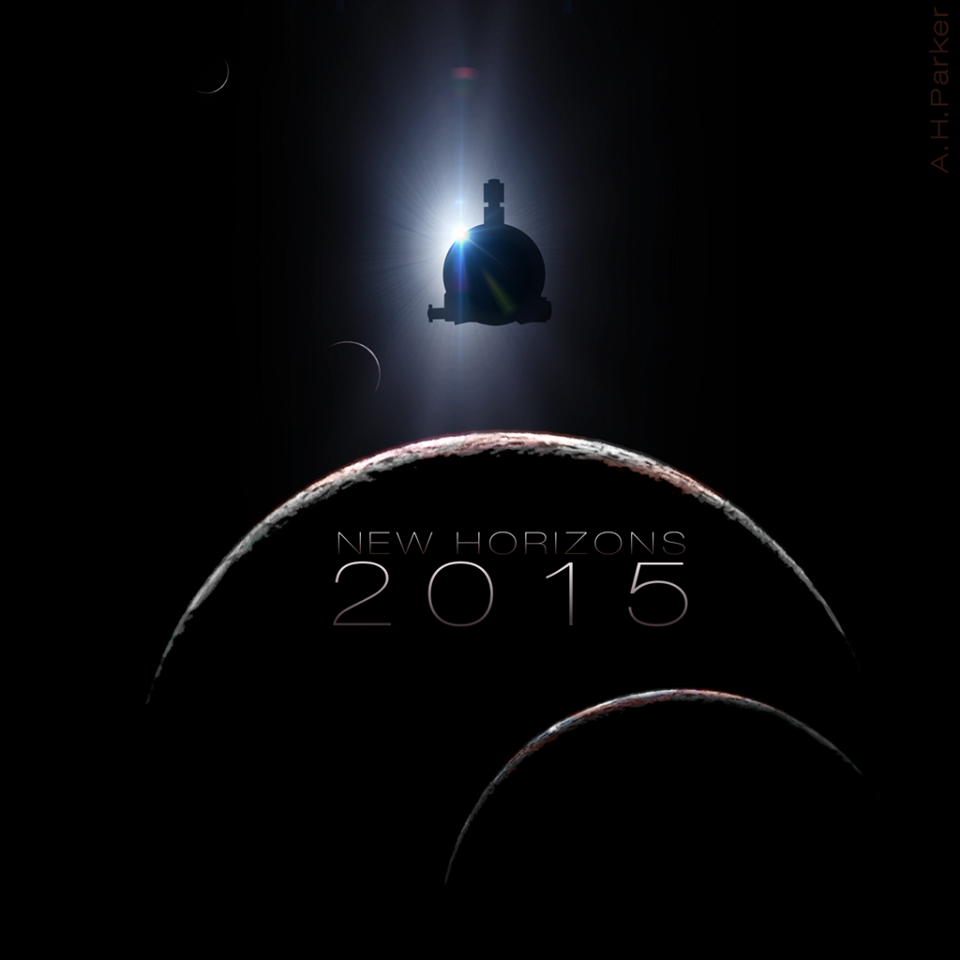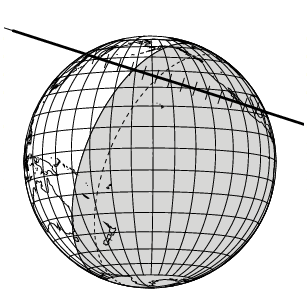Just before midnight on Sunday, October 18 (October 19 UT), RECON will be conducting its second full network campaign involving Centaur 2007 RG283. The predicted centerline for this event is closer to the northern portion of the network (with a 1-sigma uncertainty of 684 km), but all RECON sites will provide valuable data for probing the region around 2007 RG283 for moons and rings. All RECON sites and other participants are asked to complete a Pre-Event Confirmation Form by Friday, October 9 so that we can provide any assistance as needed.

